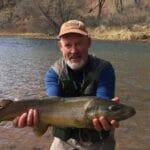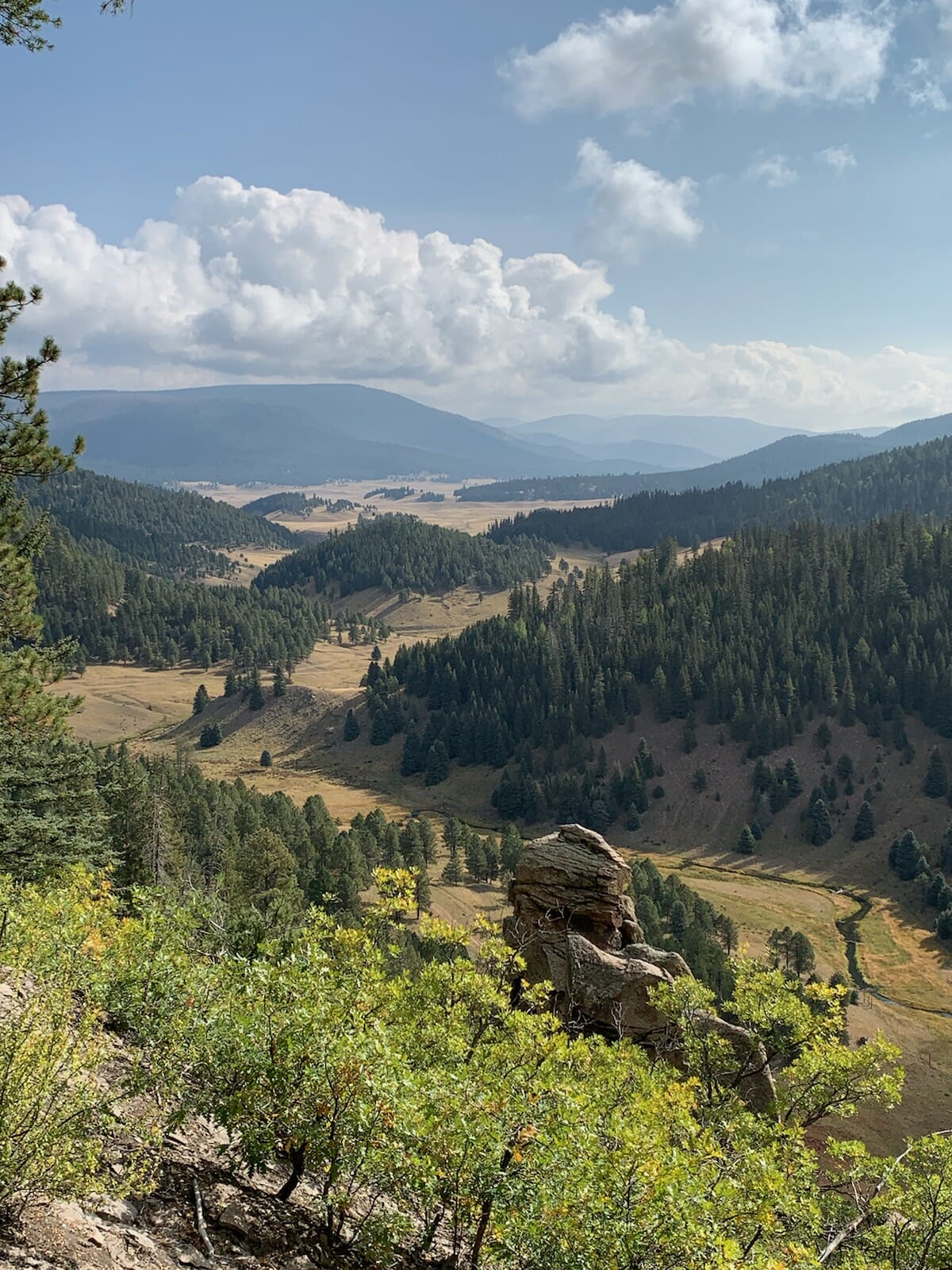In New Mexico’s Jemez Mountains, TU and ranchers are working together to keep streams healthy and improve range productivity.
On our way to inspect his grazing allotment, Manuel Lucero and I pull over next to a tree where some campers have left their trash in a neat and organized pile of boxes and tied up plastic sacks.
Lucero notes this as a common occurrence after most summer weekends, especially on this one dirt road, perhaps the busiest thoroughfare connecting Albuquerque to its playgrounds in the Jemez Mountains.
“They actually believe they’re being responsible,” he says. “Someone else is supposed to pick up after them, and they’re trying to make it easy. Tonight, the bears will drag all this down to the creek, and the trash will eventually float into our ditches and fields.”
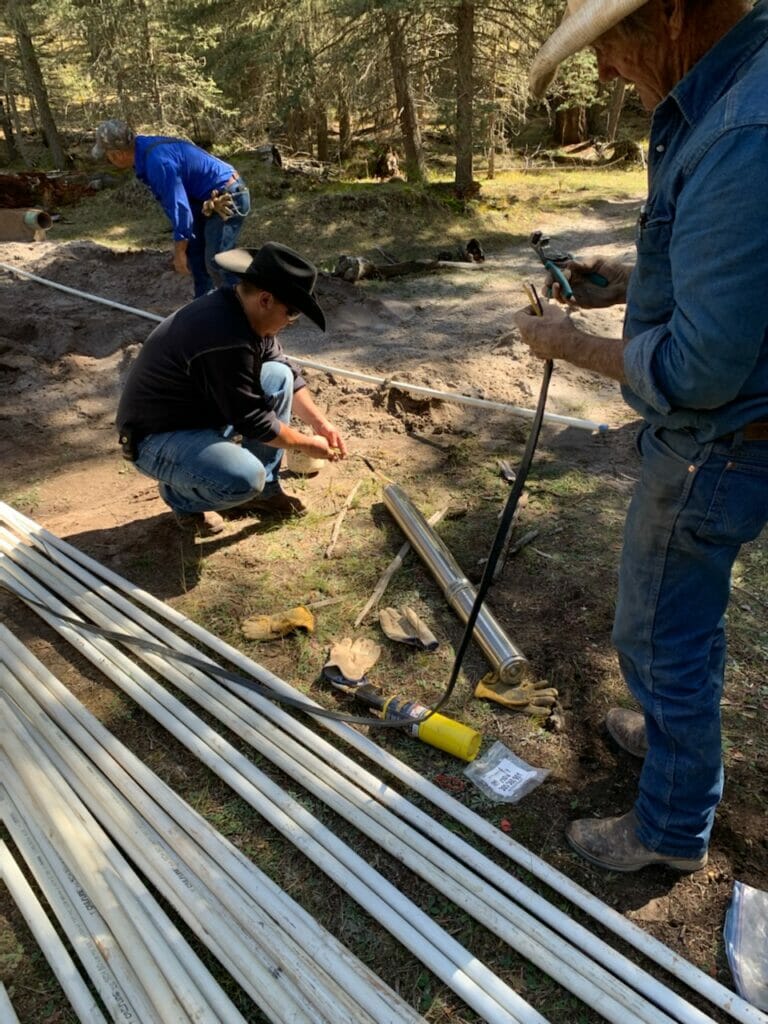
In the years I’ve known Manuel, I’ve never seen him without his black cowboy hat on. He takes guilty pleasure in watching the TV series “Yellowstone” and in dropping the occasional irreverent joke. As president of the San Diego Grazing Association, however, this rancher in his thirties is dead serious.
Manuel runs cattle on about 96,000 acres of the Santa Fe National Forest, and he embraces the responsibility of stewarding so much land.
Some of the land he grazes provides habitat for native Rio Grande cutthroat trout and several listed wildlife species, as well as water for small farming communities downstream. With these realities in mind, Trout Unlimited reached out to Manuel’s grazing association in 2015 to explore the possibility of simultaneously improving riparian habitat and range productivity.
Healthy riparian habitat means happy trout streams. And in the Jemez mountains, a recreational haven serving three of New Mexico’s largest cities, healthy riparian habitat increasingly means happy ranchers, who try to avoid conflict with other public land users when possible.
Since their partnership began, TU and the San Diego Grazing Association have joined forces on fence repairs and renovations of water lines and drinkers. We’ve shared expenses on a mobile corral, a water storage tank, and battery-powered chainsaws to clear fallen timber from fences during fire season.
Through these and other actions, this partnership has succeeded in distributing grazing pressure more evenly across the San Diego and neighboring Cebolla-San Antonio allotments.
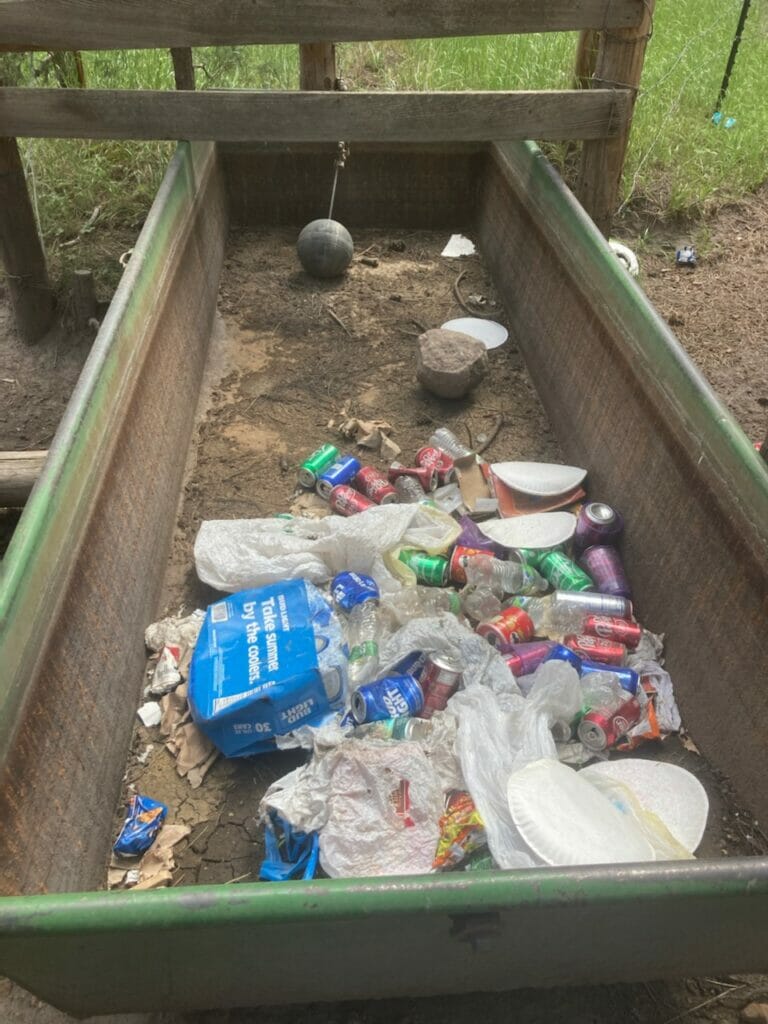
In 2021, we teamed up with the Forest Service and The Nature Conservancy on an effort to increase grazing efficiency and to discourage cows from loitering in riparian areas. The project, which included approximately $87,000.00 in funding from TNC’s Rio Grande Water Fund, entailed the drilling of two canyon-rim wells on the Cebolla-San Antonio allotment.
The wells will gravity-feed a network of drinking lines and enable the utilization of certain upland pastures with lots of clumpy tall grass. The grass in these pastures is decadent, a result of being left almost completely unbitten by elk and cattle.
With drinking capacity provided by the new wells, these under-used pastures will absorb more pressure (and manure), while enabling heavily grazed meadows to receive some rest.
Ten miles up the road, Manuel and I are parked at the upper end of a long meadow next to a fenced enclosure surrounding a locked well house with a sheet metal roof.
The well supplies drinking troughs across the Virgin, Stable, and Holiday mesas that rise above us to the south—it is essentially the nerve center of much of the San Diego allotment.
Having grazed for their allotted days, the cows have left the meadow for the mesa tops. From Memorial Day until school starts is the season of the weekender, when residents of Albuquerque seek relief from the urban heat and bustle.
Manuel points out thicker stands of forest where RVs can’t penetrate. The grass there has grown about a foot since being eaten. Elsewhere across the camping footprint, the only grass that grows is smashed into dusty ground.
“But if one cow shows up here this weekend, I’ll hear about it on Monday,” Lucero says. “I get it, campers don’t want to see cows, but cows don’t like people either. Cows are smart, but they’re also dumb. They’d rather be up top, but with people all over the mountain they get confused. Let’s be honest, people are everywhere.”
He’s not exaggerating. Scanning the sloping meadow, we see occupied, often illegal, campsites almost any place one can park a car; in ranching parlance, it’s quite a few “head” of people.
Manuel notes the irony in how, come evening, the whole canyon will smell like grilling beef and hot dogs and how the same people bashing his cows will leave their fire rings full of beer cans.
Already this summer, an RV owner broke the lock off the wellhouse and plugged into its power source; campers drained one of his troughs and used it as a trash bin; and on any given year, hikers will invariably bathe in the troughs, oblivious to the repellant effect soap and lotion have on thirsty cows and wildlife.
People cut fences to make way for ATVs. They do donuts in the pastures.
One fine individual used a Sawzall to cut a door in a water tank critical to minimizing cattle presence in riparian areas of the Rio Cebolla. Purchased jointly by TU and the San Diego Grazing Association, this tank was rendered into a suitable dwelling for the vandal and his small herd of goats, and useless for the purpose of watering cattle and wildlife.
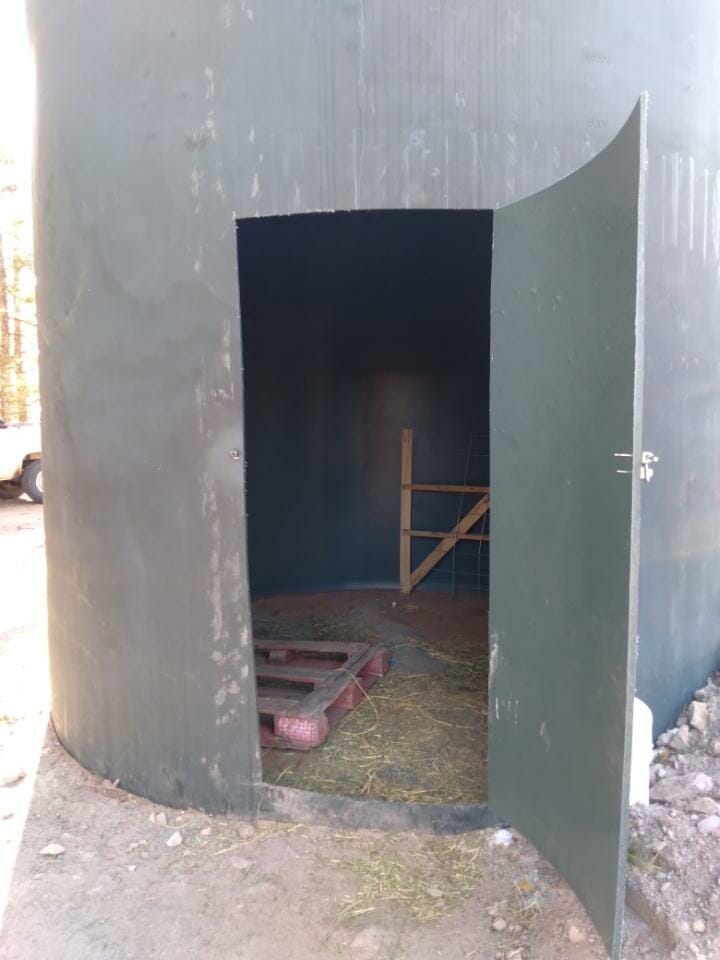
As Manuel talks, I’m impressed by a patience seeping through his frustration, a seeming acceptance of adversity as a part of the ranching life that can drive one toward improvement.
Manuel, his father Mariano, brother Michael, and the members of the association all share common ancestors who settled in the Jemez country in the late 1700s. Back then, everyone was a rancher, a farmer, a hunter, a gatherer and, most important, a neighbor or friend to native Pueblo people already occupying the valley.
Back then the land was definitely public, but in an existential sense. Multiple use was not only a matter of cooperation, but of life and death.
As part of our commitment to protecting and restoring the Rio Grande cutthroat, itself a cultural icon, TU will continue building partnerships with ranchers and other stakeholders in the Rio Grande watershed. Honoring deep-rooted practices will be key to sustaining adaptive stewardship. As Manuel Lucero says, “Our people wouldn’t have lasted this long if we couldn’t find ways of understanding different ways of living.”


